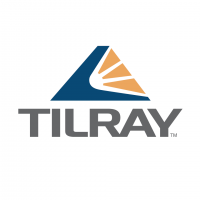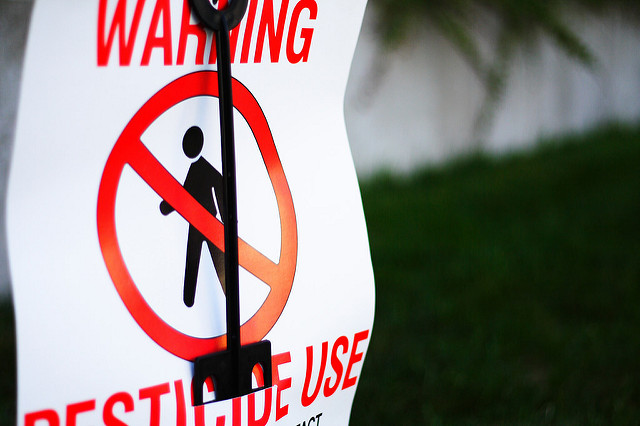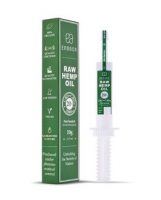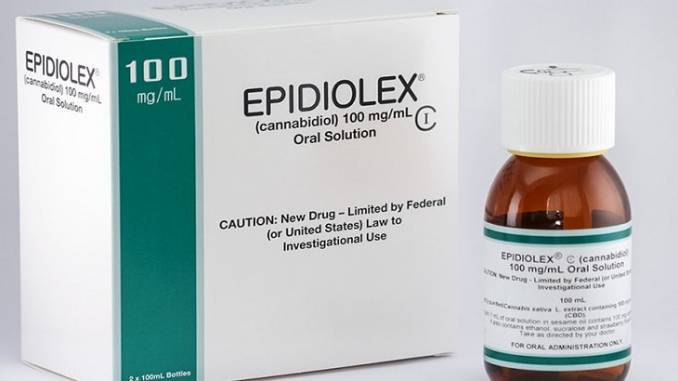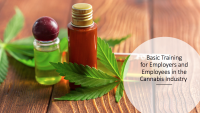Cannabis producers are making large investments in new technologies to improve their plant varieties, production know-how and product formulations. At the same time, producers are working hard to create and promote more compelling, top-of-mind brand identities for their improved products. The series concludes with a 9-point outline of specific steps cannabis producers need to consider taking to protect their key intellectual property assets.
The value of these investments cannot be realized if competitors are allowed to copy and exploit the producer’s successes. Canada’s intellectual property laws can and should be used to protect cannabis producers from such predation. Invoking Canada’s laws to this end is not difficult and does not have to be expensive. It does, however, require specific, deliberate and early action.
This series of articles outlines the principal means of protecting intellectual property rights in the core technologies and marketing programs of cannabis companies. The series also highlights what any cannabis company must do to ensure that its own activities do not run afoul of another’s rights. No company wants to begin a new venture only to face a lawsuit for intellectual property infringement.
The series concludes with a 9-point outline of specific steps cannabis producers need to consider taking to protect their key intellectual property assets.
Trade Secrets: Protection For Confidential Know How
A trade secret is specific, commercially valuable information and know-how that is kept confidential within the company and cannot generally be reversed-engineered by outsiders. A trade secret provides protection over any type of information or know-how and is not subject to any expiry date. Trade secret protection is lost only when the information or know-how becomes available to the public.
As a best practice, defining the trade secret in a confidential document can be useful as a way of restricting access to the secretCannabis producers generate all kinds of valuable know-how that cannot be appreciated simply from an inspection of the vended product. Examples would include methods of crossbreeding, cultivation, harvesting, extraction and processing. Customer lists and other internal business structures and information may also qualify as trade secrets.
There are no statutory pre-conditions that must be met to obtain a trade secret. A trade secret is acquired simply upon the generation of valuable information or know-how that is kept confidential. As a best practice, defining the trade secret in a confidential document can be useful as a way of restricting access to the secret, and as evidence in proceedings as to the scope of the trade secret (an issue that is frequently in dispute in such cases).
For the trade secret to be maintained, the producer will need to take steps to ensure that access to the know-how and associated documents is restricted only to those who need to know the secret for purposes of carrying out their functions at the company. All personnel with access to the trade secret will need to be bound to confidence by employment agreement and/or by separate contract. When employees leave, they ought to be reminded of their obligations of confidentiality and must be prohibited from removing any documentation regarding the trade secret from the company. All outside companies who need access to the secret must sign non-disclosure agreements. It is typical for owners of trade secrets to be vigilant in their market surveillance and to engage private investigators when they suspect a trade secret has been stolen.
A trade secret’s very confidentiality provides its principal value. A competitor cannot copy what it has no ability to discern. However, when someone with access to the secret ‘goes rogue’, such as by using the know-how for his or her own account or for that of a new employer, the owner of the trade secret must act quickly and bring the matter before the Court. The Court has a broad discretion to stop the rogue and any persons or companies who learn the secret from the rogue from further dissemination or exploitation of the trade secret. The Court also has a broad discretion to craft an appropriate remedy to compensate the trade-secret owner for the wrong. If the action is brought before the trade secret is broadly disseminated, the trade secret may be reinstated and enforceable in the future. If the owner of the secret acts too slowly and the dissemination of the trade secret becomes too broad, the trade secret may be lost forever.
Adopting the use of trade secrets to protect know-how in the cannabis business does suffer from the fragility of the right itself. One disclosure, however inadvertent, can destroy the protection. In addition, a trade secret will not protect a company from a competitor who independently derives the know-how. Further, theft of the trade secret can be difficult to spot because, by its nature, the trade secret is exploited within the walls of the competitor company and is not evident in the marketed product. The owner of the secret will need to watch its competitors for telltale shifts in business direction and product offerings, particularly when those competitors hire the ex-employees of the owner of the trade secret. It is typical for owners of trade secrets to be vigilant in their market surveillance and to engage private investigators when they suspect a trade secret has been stolen.
Editor’s Note: In part 2 of this series, which will be published next week, Richard Naiberg will take a closer look at patents and how business can protect new and inventive technology in Canada’s cannabis industry. Stay tuned for more!







